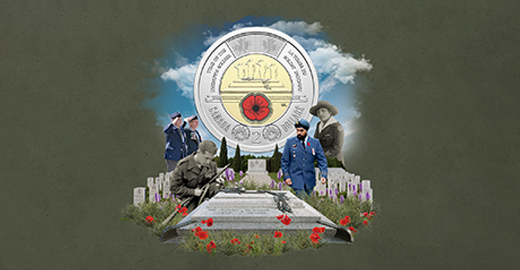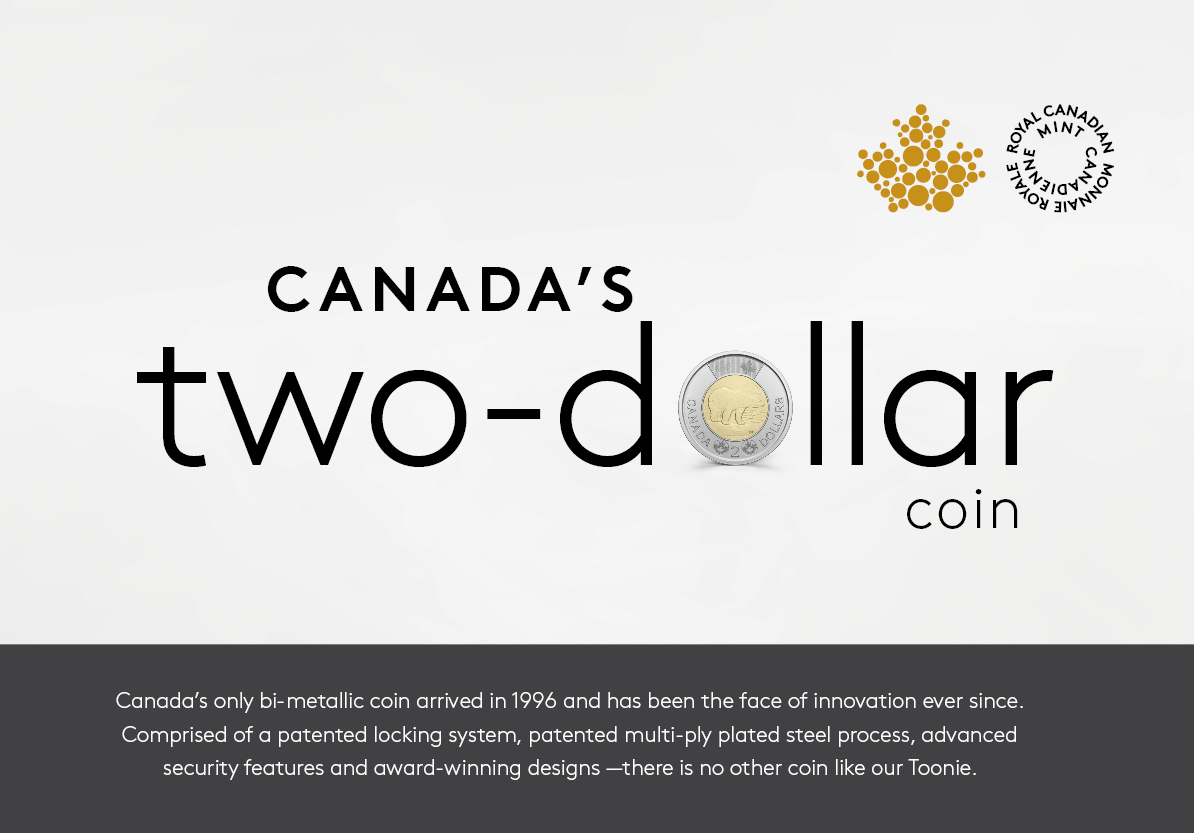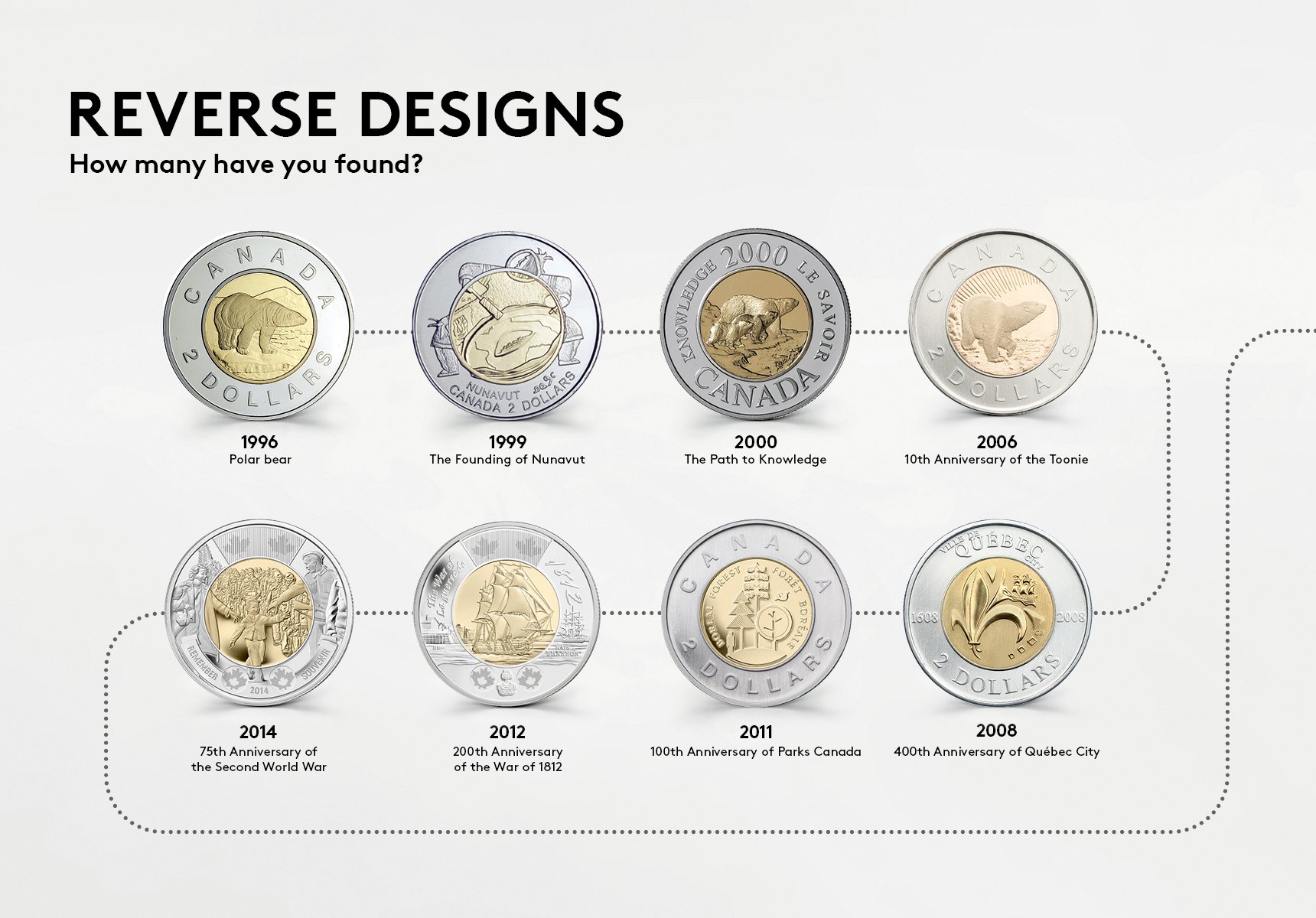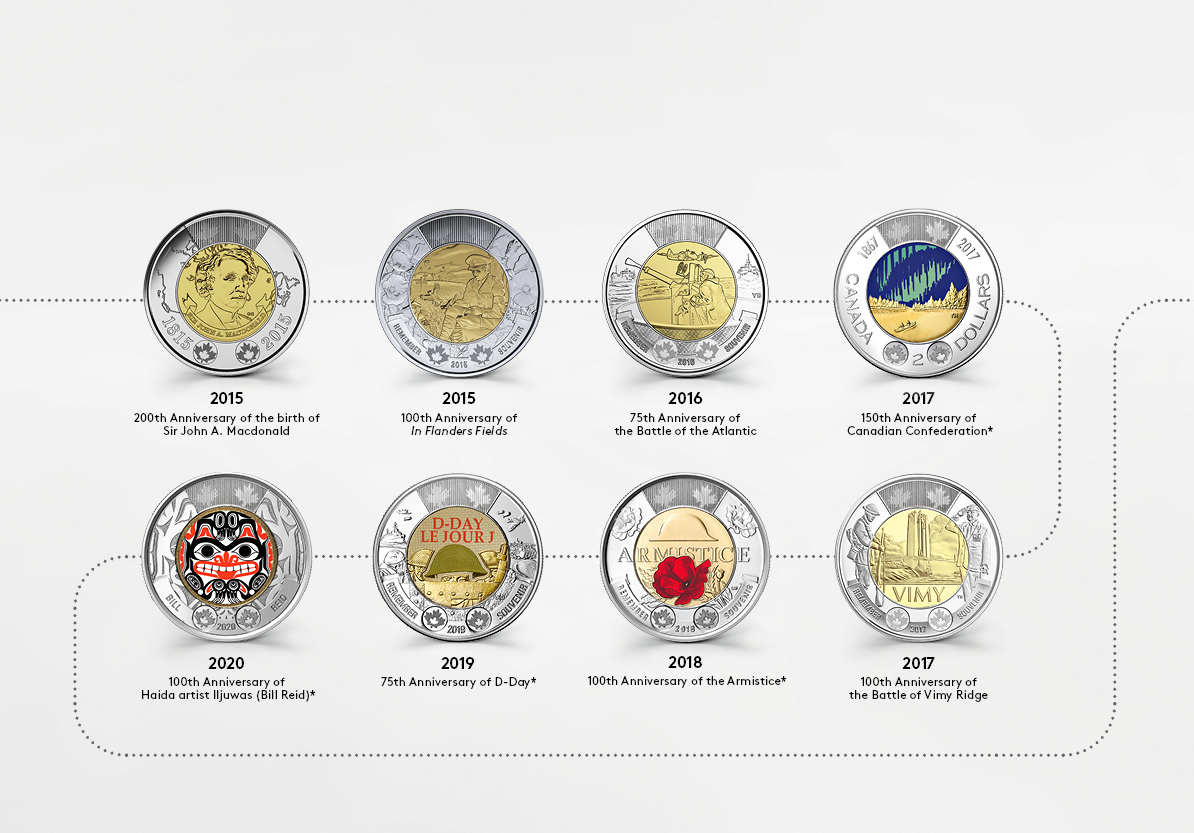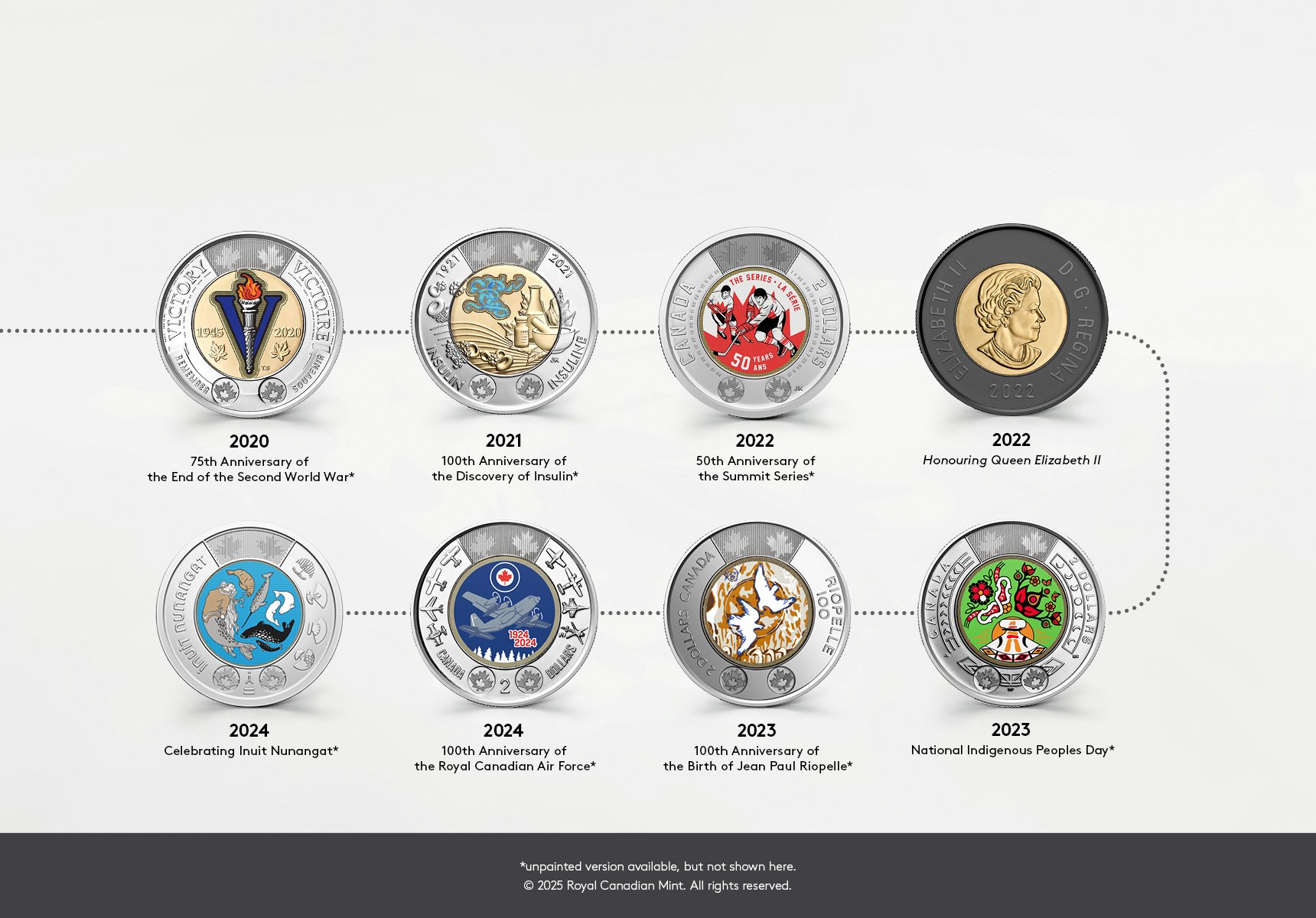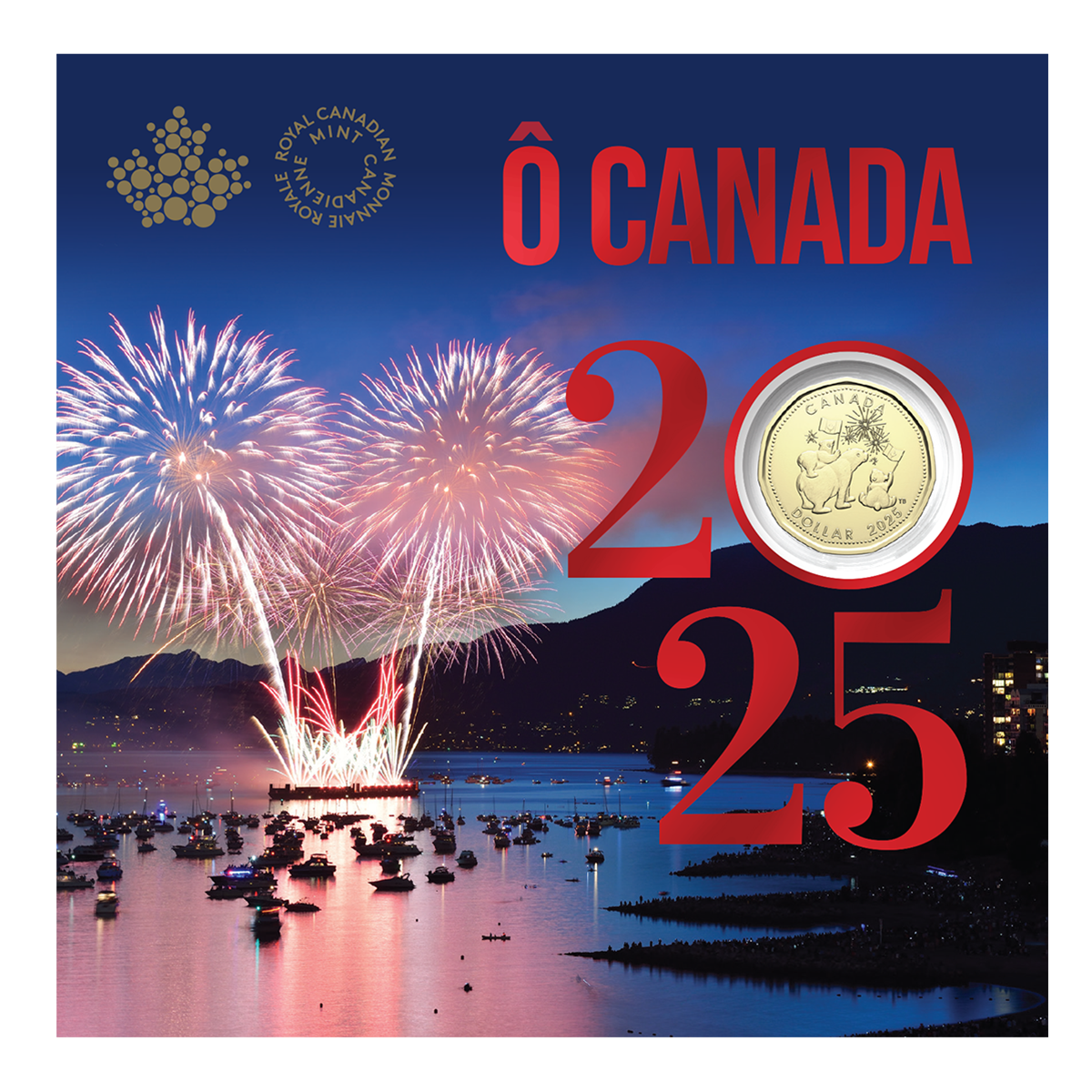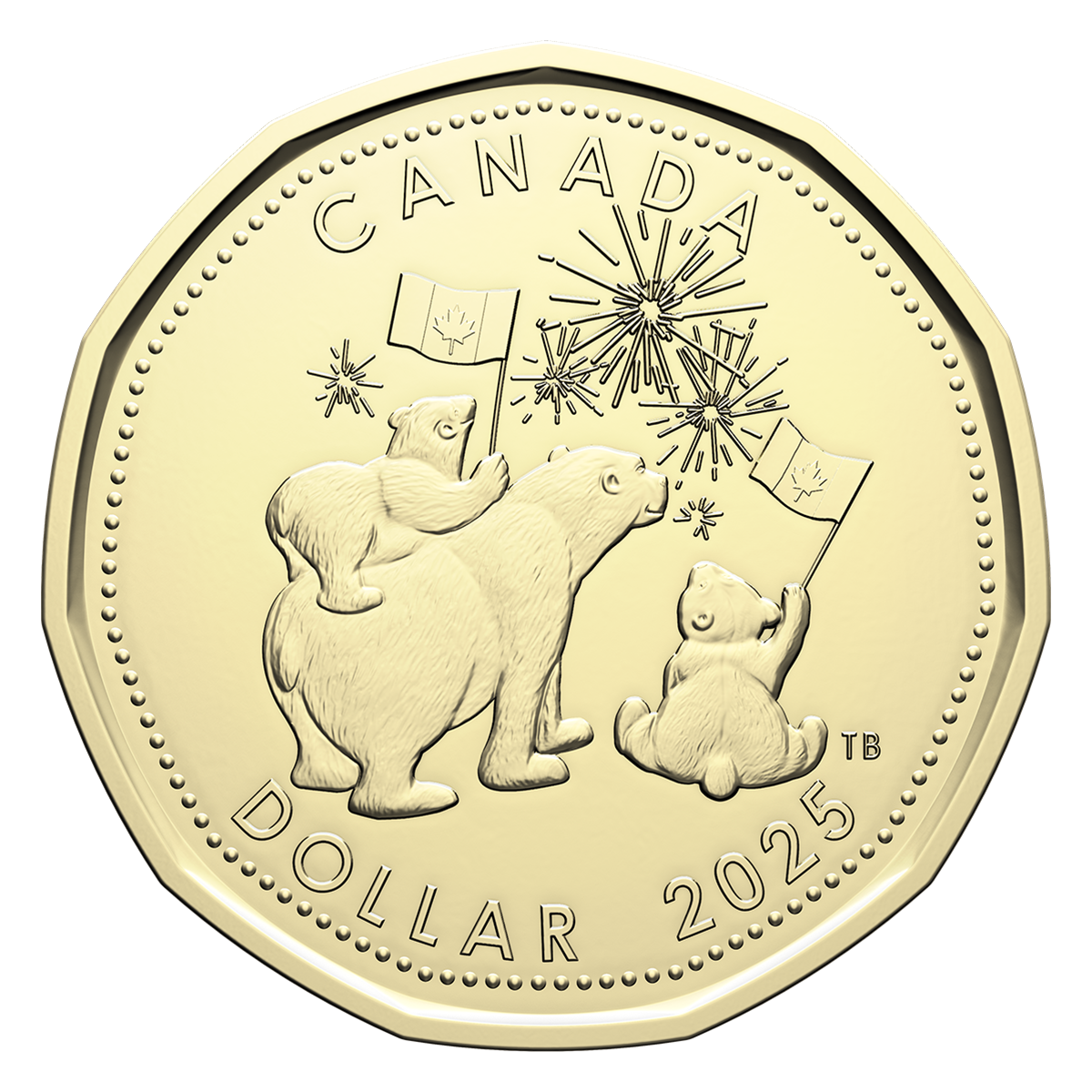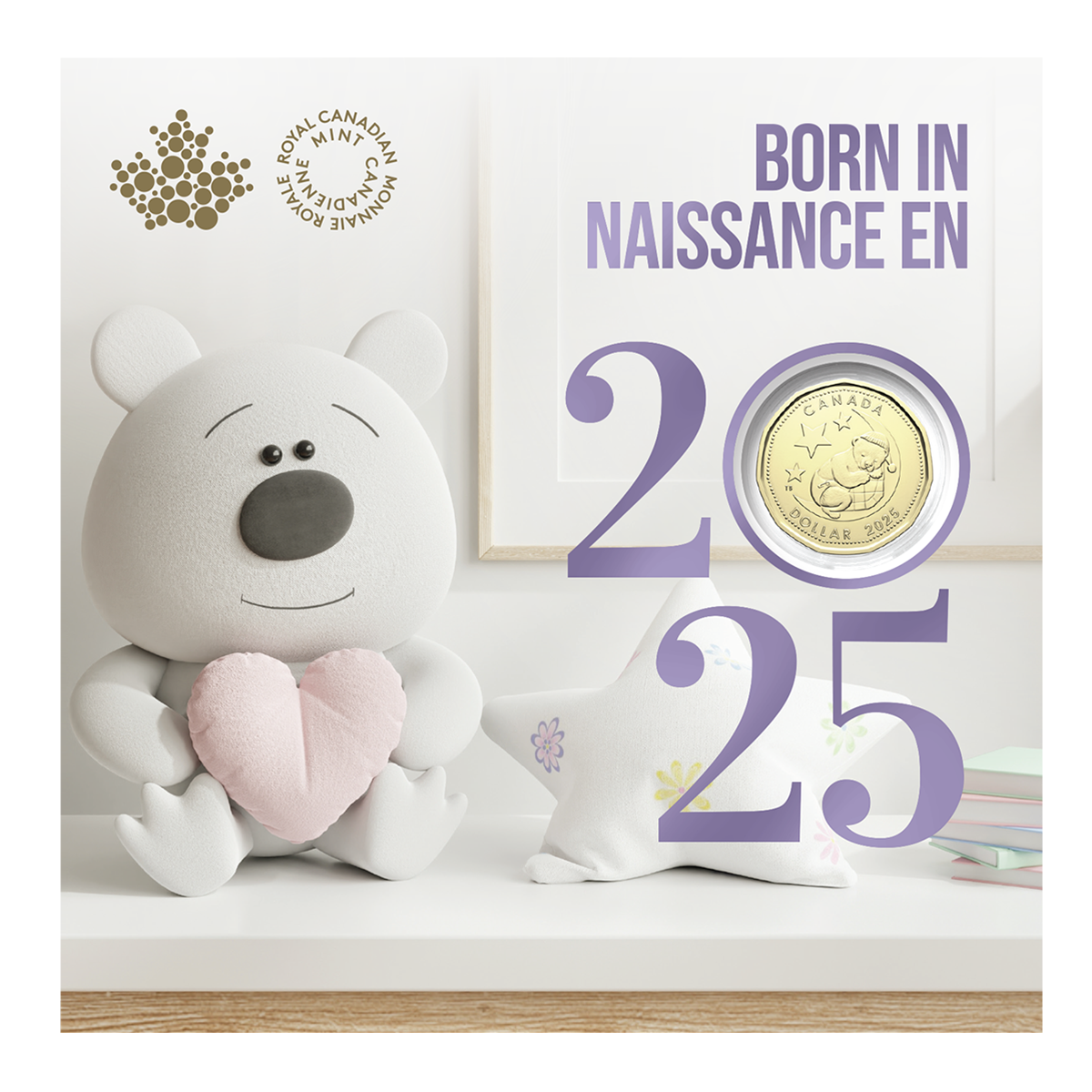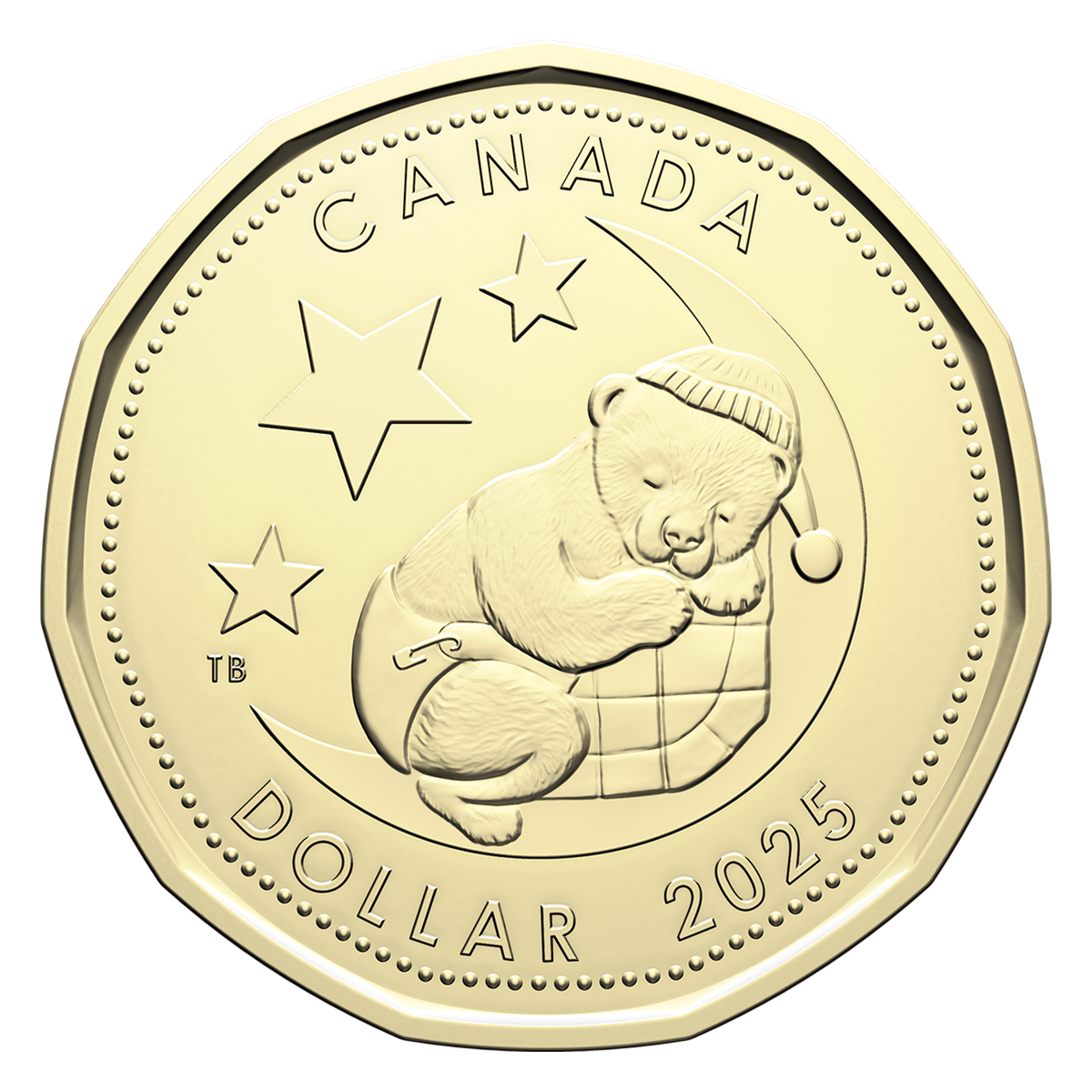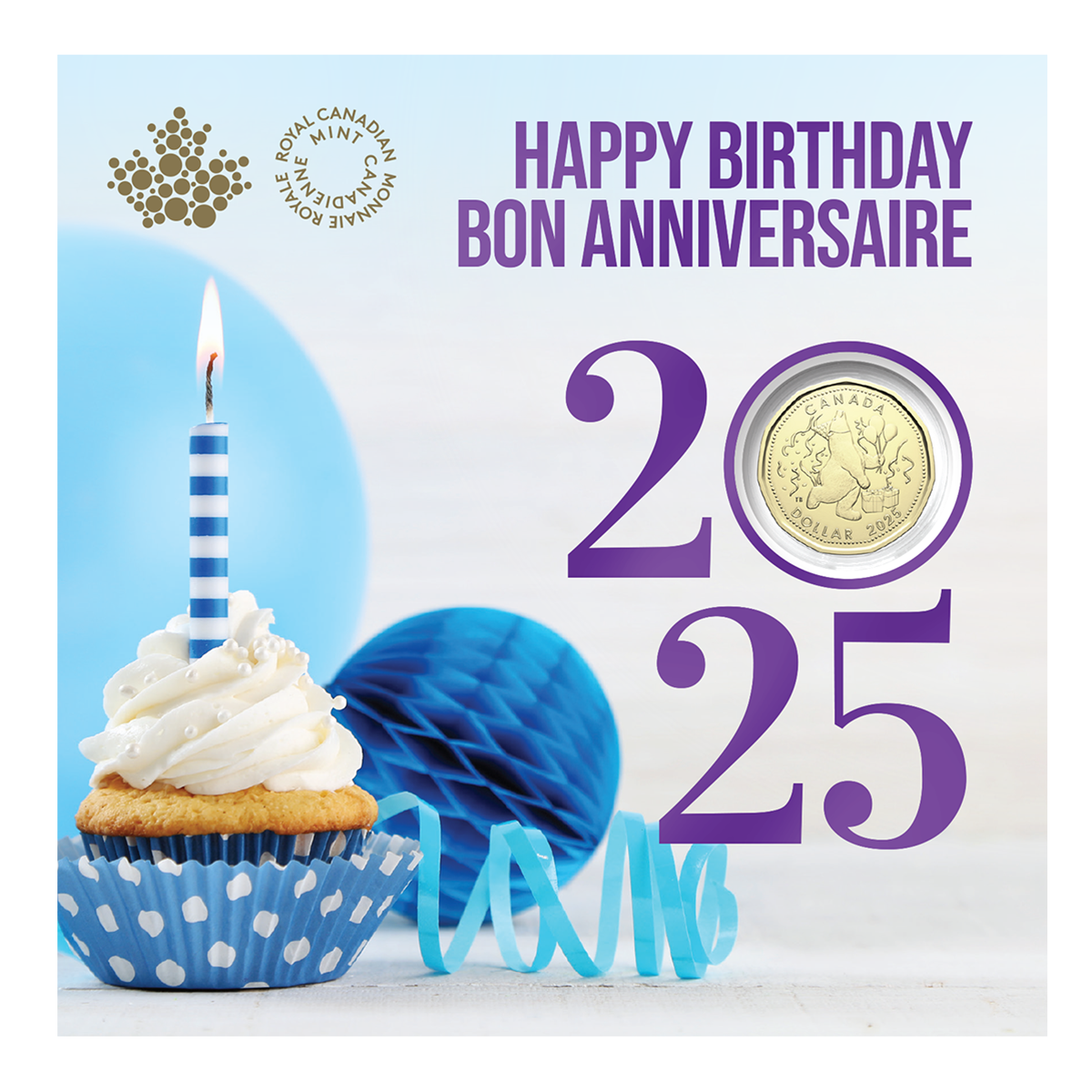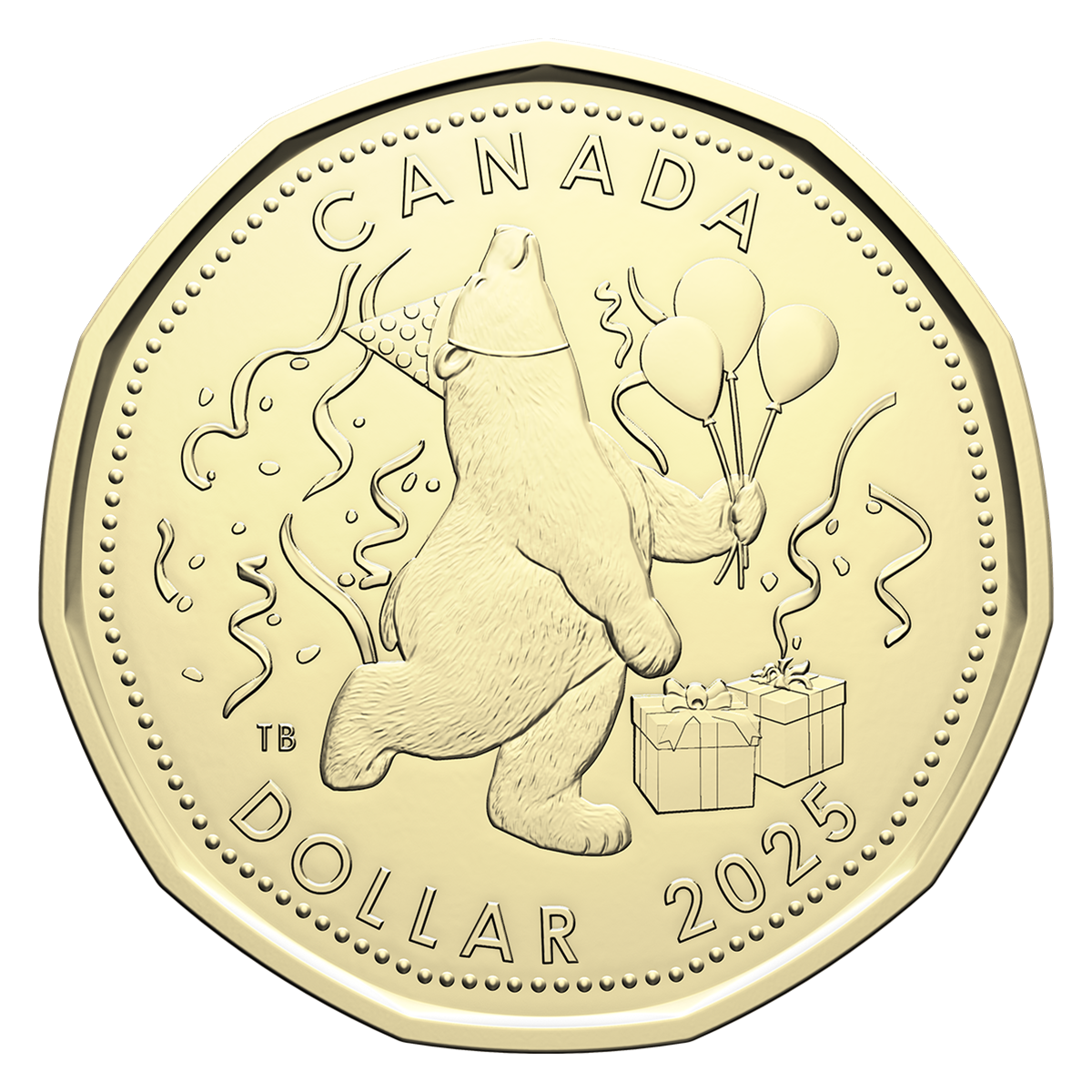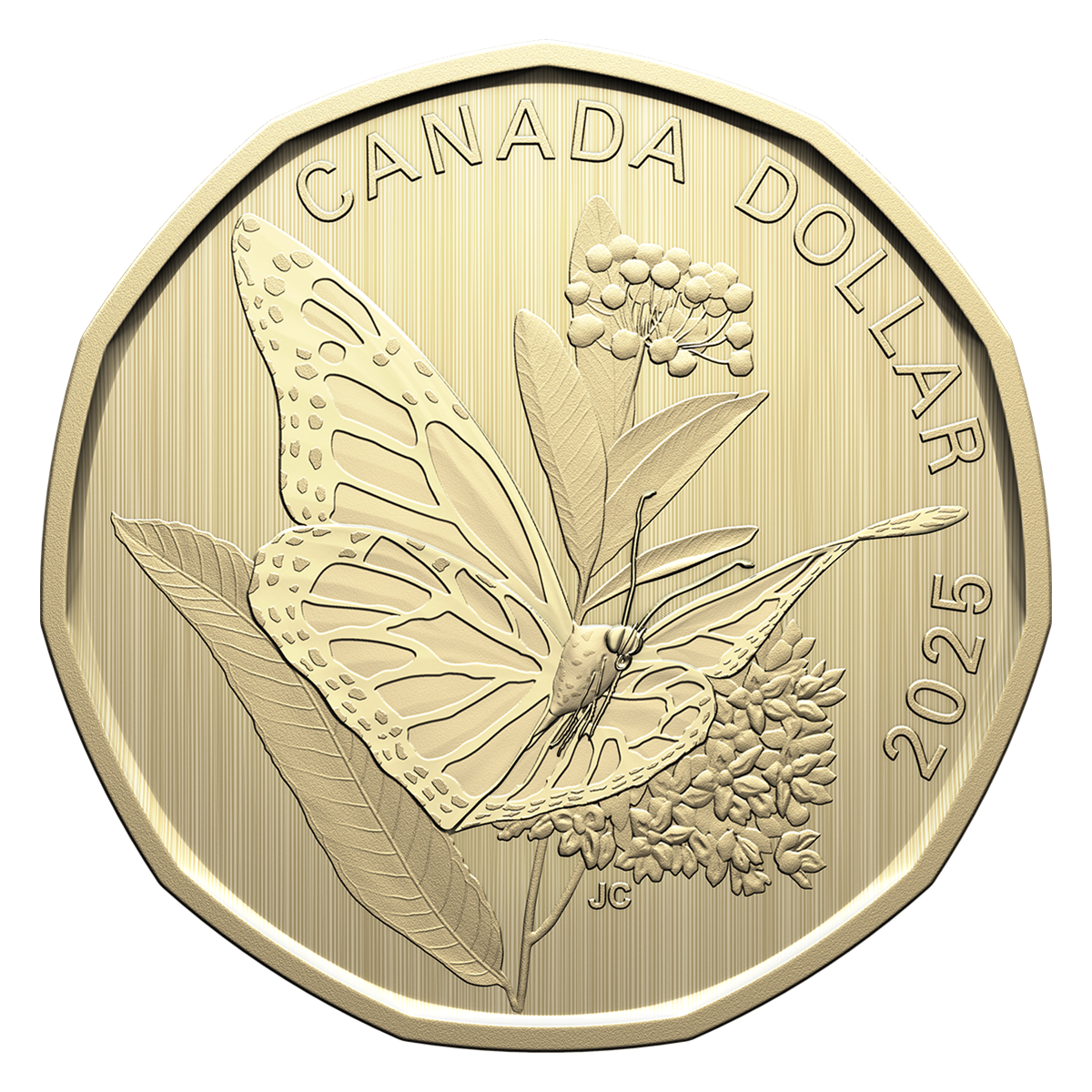A Coin for a Modern World: Exploring the Story Behind Canada’s Toonie
- May 09, 2023
- Learn
- 6 minute read
The news came in February, 1995. A new two-dollar circulation coin was to replace banknotes of the same value in a drive to increase cost-savings.
Compared to the banknotes, which had to be withdrawn from circulation after one year of use, the new two-dollar coin had a lifespan of at least twenty years. Much like the one-dollar bills that were replaced in 1987, the Bank of Canada would stop producing two-dollar notes, though they would still remain legal tender.
Before making any final decision, the Government of Canada consulted with members of the coining industry and commissioned a national survey to explore the attitude of Canadians towards a possible theme. Sixty-five per cent chose wildlife as their preferred theme.
The chosen design was unveiled a few months later on September 21, during a ceremony at the Toronto Zoo. The event was broadcasted live to Montreal and Baffin Island, and gave Canadians a glimpse of the design that was destined to appear on one of the world’s most innovative circulation coins —Canada’s two-dollar circulation coin.
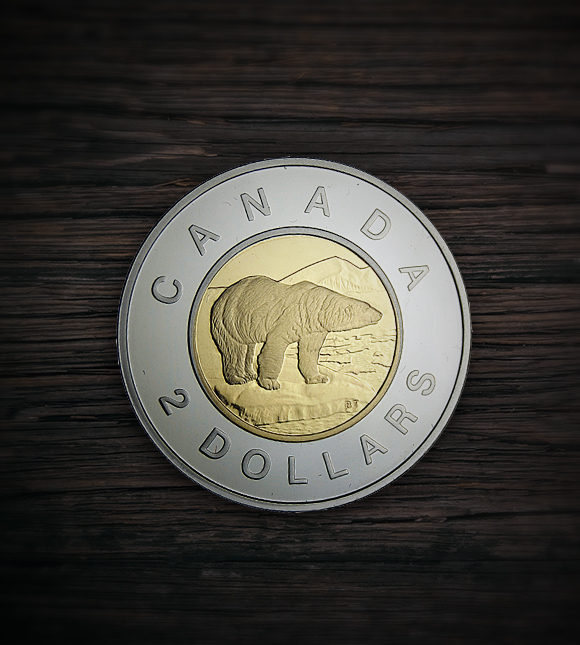

Canada's two-dollar coin was introduced in 1996.
The news came in February, 1995. A new two-dollar circulation coin was to replace banknotes of the same value in a drive to increase cost-savings.
Compared to the banknotes, which had to be withdrawn from circulation after one year of use, the new two-dollar coin had a lifespan of at least twenty years. Much like the one-dollar bills that were replaced in 1987, the Bank of Canada would stop producing two-dollar notes, though they would still remain legal tender.
Before making any final decision, the Government of Canada consulted with members of the coining industry and commissioned a national survey to explore the attitude of Canadians towards a possible theme. Sixty-five per cent chose wildlife as their preferred theme.
The chosen design was unveiled a few months later on September 21, during a ceremony at the Toronto Zoo. The event was broadcasted live to Montreal and Baffin Island, and gave Canadians a glimpse of the design that was destined to appear on one of the world’s most innovative circulation coins —Canada’s two-dollar circulation coin.
Five Canadian artists were invited to present sketches of the coin. The selected winner was wildlife artist Brent Townsend, who sketched an adult male polar bear hunting on the ice floes along the coast at the start of the Arctic summer. The animal is alert, after hearing or seeing something unusual.
In a recent interview with Townsend, he recalls there being very few changes to his original design. “I was aware of the criteria and the design is essentially the way I drew it.” Knowing that the design would be etched on an area that was about the size of a dime, and without the element of colour, Townsend had to relay as many characteristics of the bear as possible. This way, people could instantly recognize that it was a polar bear and not a grizzly or black bear.
The image of a polar bear is striking and so is the setting on which is it struck —a bi-metallic coin with a nickel outer ring and aluminum bronze core.
It was not the first bi-metallic coin the world had ever seen. Countries such as France, Italy, the United Kingdom and Finland among others had a bi-metallic coin in circulation. What set Canada apart was its ability to produce one that was thinner and lighter than those already in markets across the globe. To join the two parts, engineers at the Mint perfected a patented locking system designed to prevent the two parts from separating under normal circulating conditions.
The new coin was launched on February 19, 1996, and was quickly dubbed the “Toonie” by Canadians. Our Winnipeg facility struck 375 million two-dollar coins in 1996, and demand was so strong that there was no need to mint any new one-dollar coins for circulation between 1997-2002.
In the same year that the coin was introduced, a couple of reported cases of the core and outer ring separating emerged and is still asked by many visitors to the Mint today, “Is it true?”
From the time we produced the very first coin to today, the two-dollar coin continues to undergo rigorous testing. The middle of the coin can withstand up to 181 kilograms of pressure or about ten times the pressure the average human hand can exert.
After almost 30 years of circulation, it is clear that the Toonie’s core does not separate from its outer ring under normal everyday use, and that the few cases reported in 1995 were isolated and did not involve normal uses of the coin.
A New Generation of Toonies
The Toonie has always been bi-metallic. From 1996 to 2012, a pure nickel outer ring surrounded an inner core made of 92% copper, 6% aluminium and 2% nickel. In a drive to modernize Canada’s currency system, the Government of Canada announced in March, 2010, that the coin’s composition would change to multi-ply plated steel. A process patented by the Mint that covers a steel core with alternating layers of different metals such as copper, nickel and brass.
Changing the composition represents a significant annual cost saving and allowed the Mint to introduce a number of advanced security features in their design. Since 2012, the outer ring became multi-ply nickel-plated steel and the inner core changed to multi-ply brass-plated aluminium bronze.
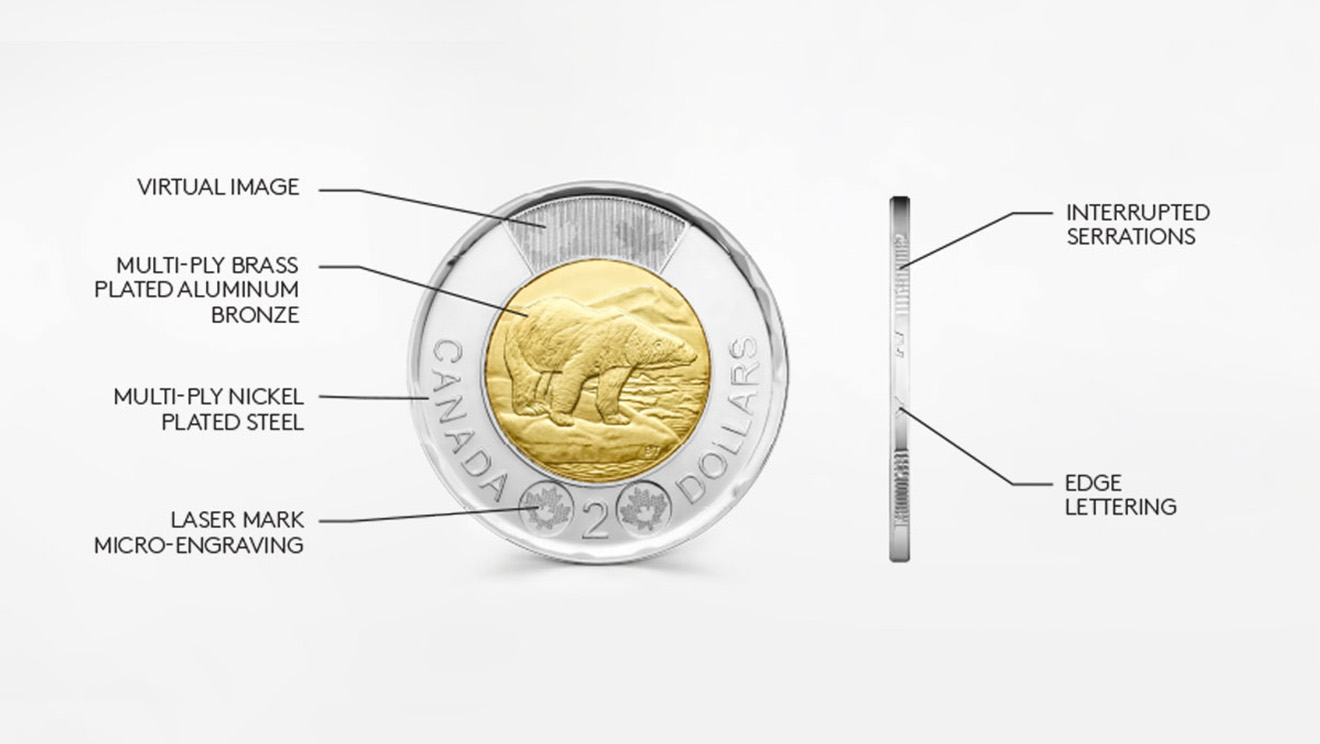
While these latest changes are permanent, there have been temporary changes to the coin’s design. Instances where Townsend’s portrait of a majestic polar have been replaced with special and commemorative designs.
The first special edition Toonie came in 1999 and featured an Inuit drummer to celebrate the founding of Nunavut. The second design change came a year later in 2000 as part of the Millennium coin series. Over the years and including Townsend’s iconic polar bear, over 20 different designs have appeared on the Toonie and we invite you to scroll through this timeline.
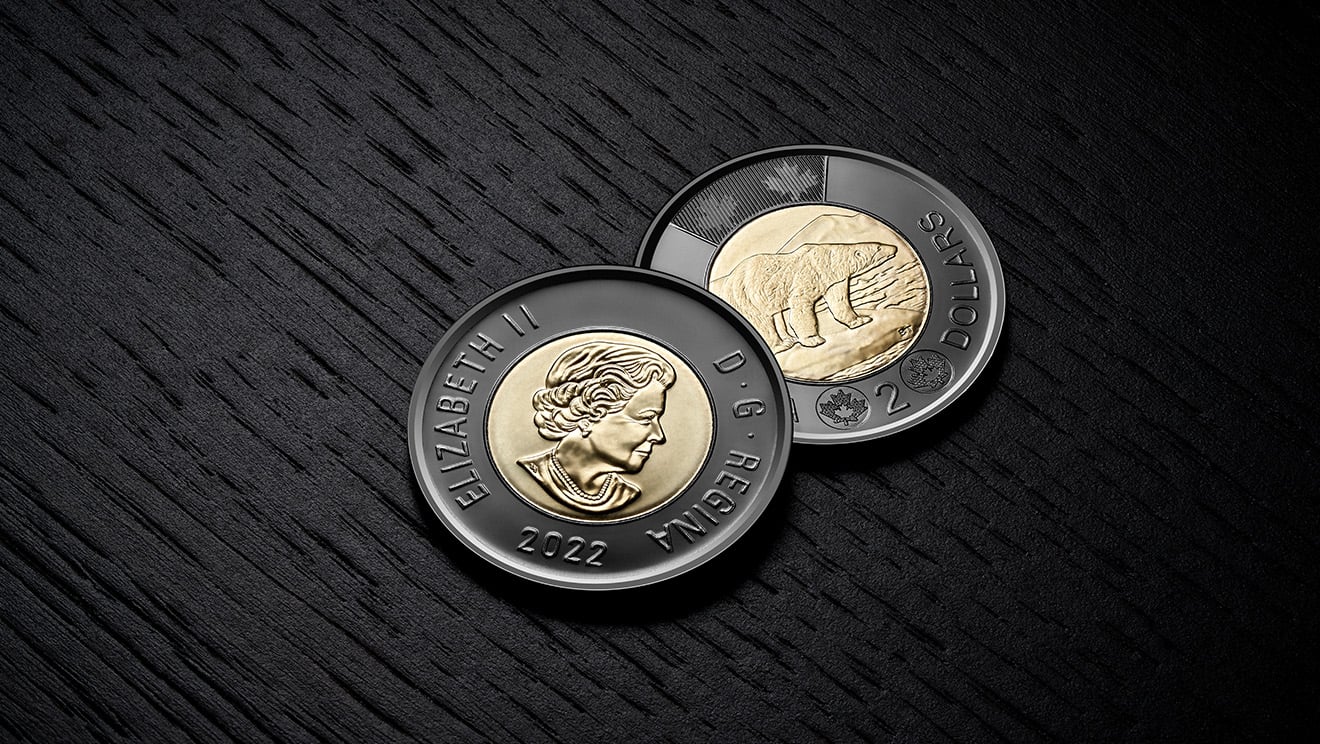
A Special Tribute Toonie
Over the course of a reign that spanned more than seven decades, Queen Elizabeth II played an integral role in the life of our nation. And, until her passing on September 8, 2022, she was the only sovereign many Canadians had ever known, and the only sovereign whose portrait has appeared on the Toonie.
To mark the end of a historic reign, innovation was once again applied to the Toonie. Like a mourning band, the outer ring that surrounds both the polar bear on one side and the effigy of Queen Elizabeth II on the other side features a black-nickel coloured design.
Pay tribute to Canada’s Toonie in 2025
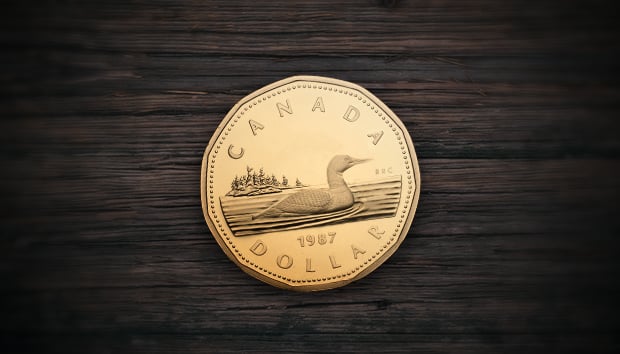

A Tale of Two Designs: How Canada’s 1-dollar Coin Became the Loonie
A Tale of Two Designs: How Canada’s 1-dollar Coin Became the Loonie
Affectionately dubbed the “Loonie," Canada's one-dollar circulation coin has become a cherished national symbol since its 1987 debut. The coin’s scene, one that is familiar across the Canadian Shield, is of a common loon floating past an island on a calm lake.
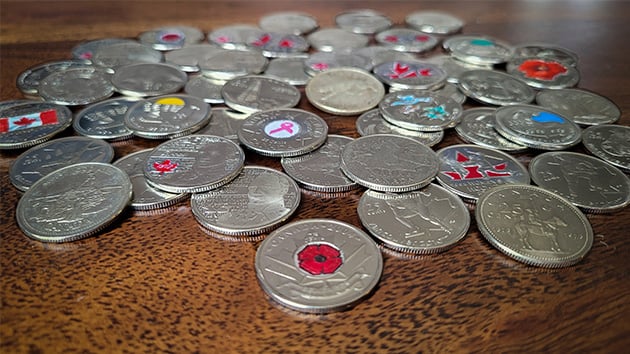

A Canvas for Canadian History: Discover Canada's 25-cent Coin
A Canvas for Canadian History: Discover Canada's 25-cent Coin
Of all the coins we find in our change, stashed in piggy banks or hidden under couch cushions, not one has shared as many stories as the 25-cent coin. The quarter, as many Canadians call it today, began noting narratives long before it featured its first commemorative design in 1967 and decades before we struck our first coins in 1908.
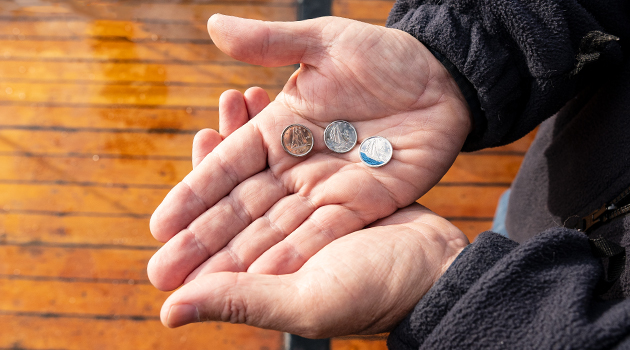

The Dime and its Colourful History
The Dime and its Colourful History
It might be small, but the history behind Canada’s 10-cent circulation coin featuring the beloved Bluenose is colourful. Sail back in time to discover the stories our dime has shared through its designs.
